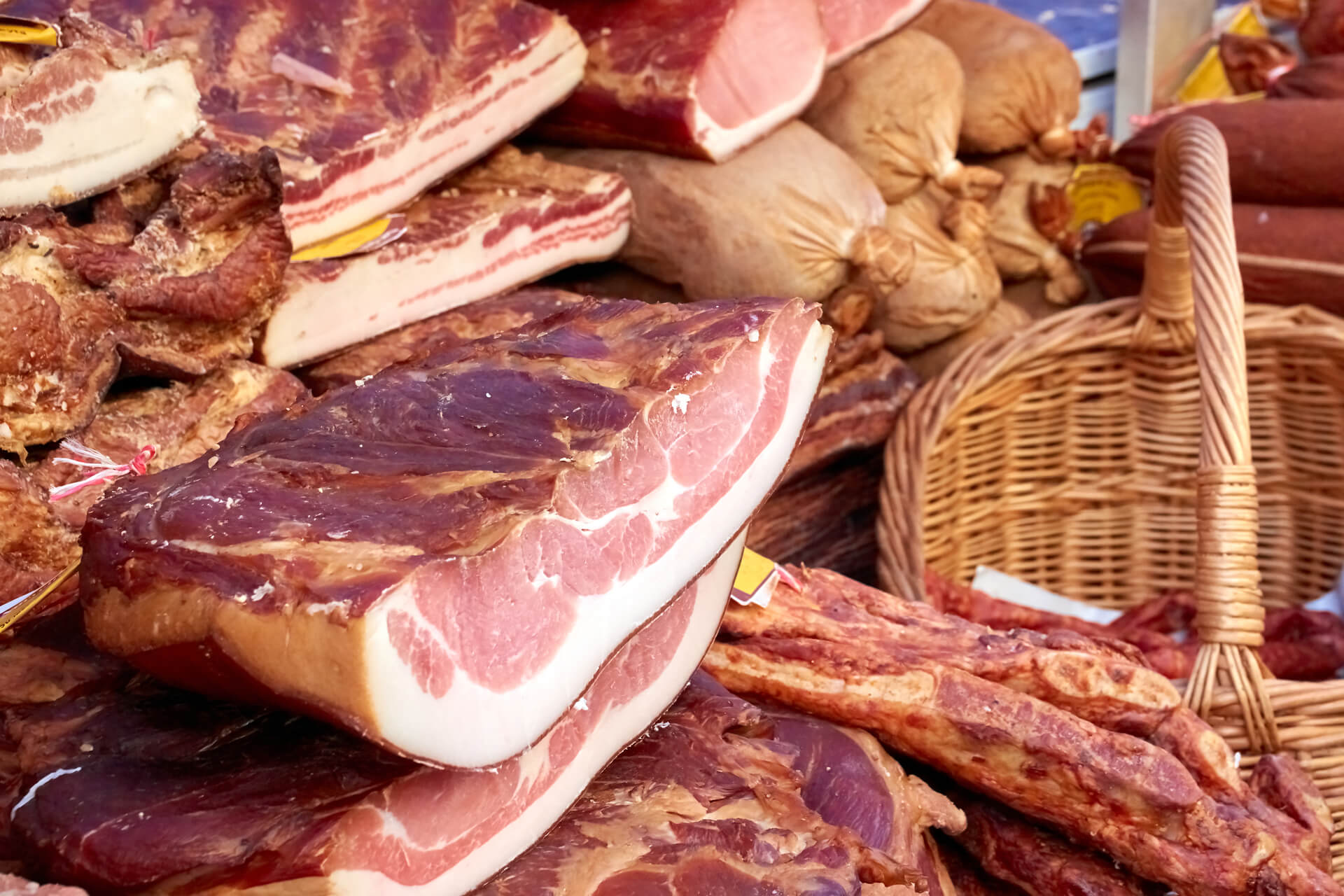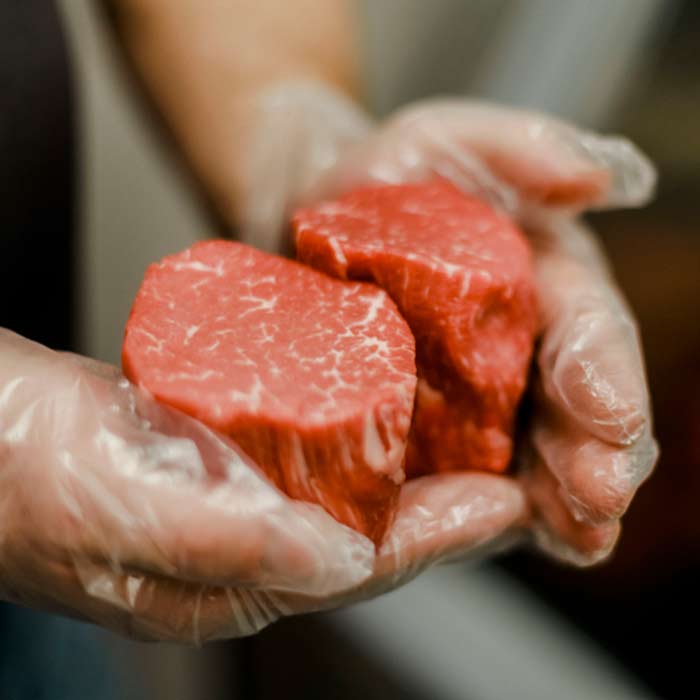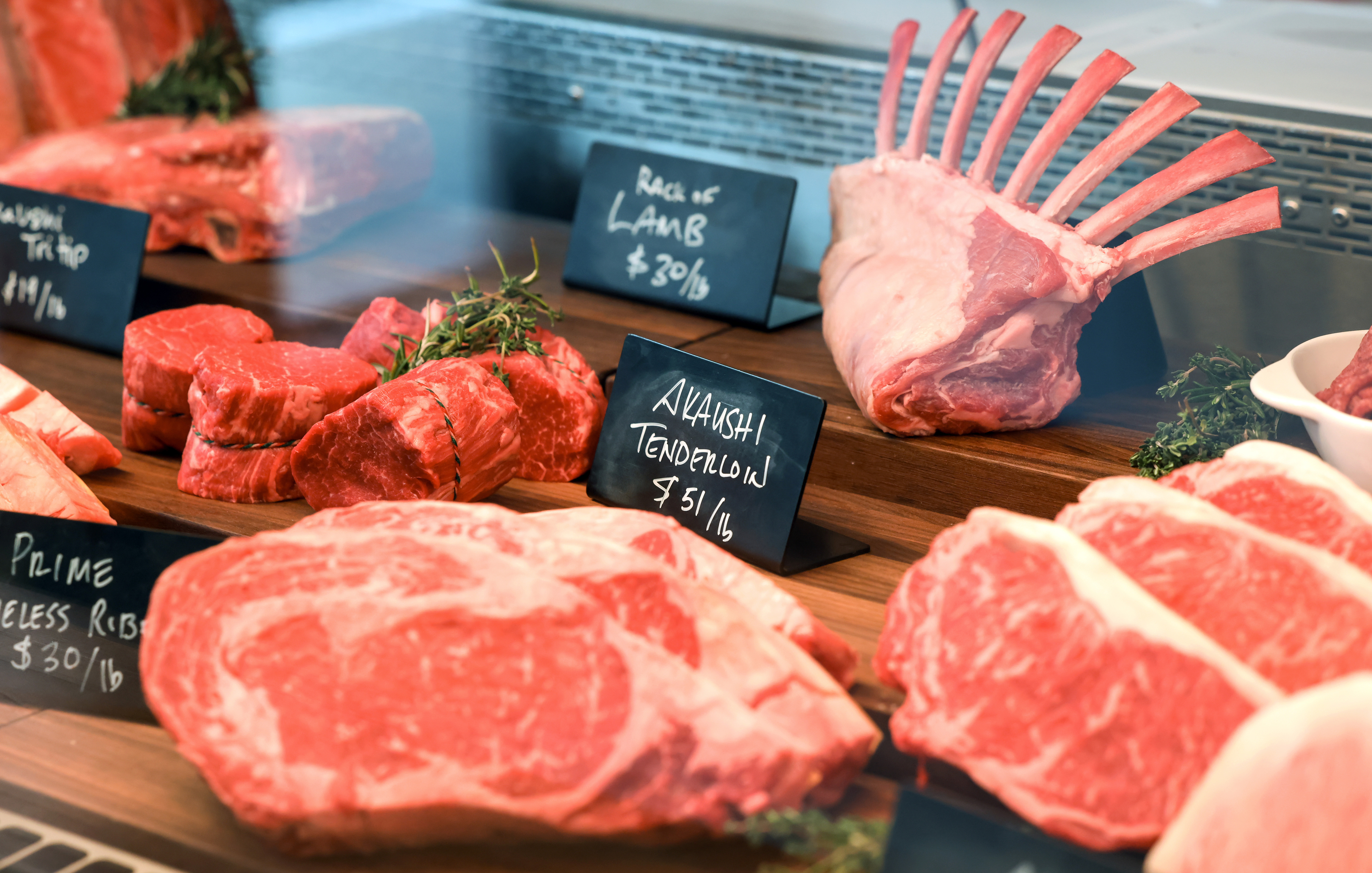Explore the Local Flavor at Bagley Farms Meat Market Edwardsville IL: Fresh and Delicious
Explore the Local Flavor at Bagley Farms Meat Market Edwardsville IL: Fresh and Delicious
Blog Article
Uncover the Art of the Butcher's Cut in a Modern Meat Market
In the ever-evolving landscape of modern-day meat markets, the butcher's cut has transcended its typical origins, merging olden craftsmanship with modern techniques. What truly sets the contemporary butcher apart is their capability to build a deeper connection between customers and the origins of their meat.
Development of Butchery Methods

The mid-20th century saw butchery methods additionally improved by clinical insights into muscular tissue biology and meat aging, improving both tenderness and preference. Developments like vacuum cleaner packaging and refrigeration prolonged item shelf-life, enabling butchers to diversify offerings and improve top quality control. This duration likewise noted the increase of specialized devices, such as band saws and meat slicers, which increased accuracy and effectiveness in meat processing.
The 21st century has introduced electronic modern technology right into the butchery world. Electronic systems now help in tracking animal provenance and optimizing cuts to fulfill certain client preferences. Additionally, a revival in artisanal butchery has actually emerged, mixing standard abilities with modern-day knowledge to deal with customers looking for moral and sustainable meat choices. This evolution underscores a dynamic interplay in between custom and advancement, meeting modern needs while protecting the craft's heritage.

Understanding Meat Cuts

Comprehending the complexities of meat cuts is essential for both butchers and consumers seeking quality and worth. Each cut comes from a different part of the animal, presenting unique flavors, structures, and food preparation approaches. Proficiency of these distinctions not only improves culinary experiences however also maximizes the utility of each carcass. For butchers, accurate cuts show skill and respect for the craft, ensuring very little waste and ideal return.
The key categories of meat cuts include primitive, sub-primal, and retail cuts. Butchers after that break these down better right into sub-primal cuts, prior to ultimately producing retail cuts readily available to customers, like ribeye or tenderloin.
Recognizing muscle composition is essential; muscular tissues used extra regularly by the pet often tend to be harder and are best fit for sluggish food preparation techniques, while less-used muscle mass, like those found in the loin, are a lot more tender and suitable for grilling or roasting. Experience with these differences encourages customers to make educated choices, improving their culinary undertakings.
Picking Top Quality Meat
Picking the ideal meat involves more than simply choosing an aesthetically attractive piece from the display screen. The art of selecting top quality meat requires a discerning eye and knowledge of particular characteristics that symbolize quality and quality. Pay focus to the color; beef should have a bright, cherry-red hue, while lamb should show a soft pink tone, and pork a light pink. This indicates the meat is fresh and hasn't been exposed to oxygen for also long.
Secondly, consider the marbling, which refers to the white flecks of fat within the muscle mass. Proper marbling is a vital indication of tenderness and taste, as it melts throughout cooking, boosting the meat's juiciness. Bear in mind, higher marbling typically correlates with exceptional quality cuts, such as USDA Prime.
Structure is an additional crucial variable; meat needs to really feel strong to the touch, not slimy or extremely soft. In addition, bear in mind the scent. Fresh meat needs to have a tidy, neutral odor, without any kind of sour or off-putting odors.
Combining Cuts With Cooking Approaches
Successfully matching cuts of meat with the ideal food preparation techniques is important for achieving optimum taste and appearance. Various cuts differ in tenderness, marbling, and connective cells web content, each needing certain strategies to unlock their possibility. For circumstances, tender cuts like filet mignon and ribeye, with their inherent marbling, advantage from high-heat, quick-cooking techniques such as grilling or pan-searing. These techniques boost the meat's all-natural tastes and guarantee a juicy coating.
On the other hand, harder cuts like brisket and chuck roast are rich in collagen, which breaks down into jelly when prepared slowly. These cuts are perfect for braising or slow roasting, permitting the meat to tenderize gradually and create deep, complex flavors. Similarly, cuts such as short ribs and pork shoulder Recommended Site prosper with slow-cooking approaches, where prolonged cooking times change their robust appearances into delicious recipes.
Lamb shanks and oxtail, which need long term cooking to tenderize, are best prospects for stewing or slow-moving simmering. These approaches coax out abundant, passionate flavors while maintaining dampness. By recognizing the one-of-a-kind qualities of each cut, chefs and home cooks alike can boost their culinary productions, making sure each dish is both pleasing and remarkable.
The Butcher's Duty Today
Navigating the evolving landscape of the modern-day meat market, the butcher's function today expands beyond simple prep work of cuts. Contemporary butchers are cooking craftsmens, educators, and supporters for lasting methods. They connect the void in between the ranch and the fork by guaranteeing moral sourcing, recognizing pet husbandry, and prioritizing transparency in the supply chain. This change mirrors the expanding customer demand for quality over amount, where provenance and animal well-being are extremely important.
In enhancement to crafting accurate cuts, butchers now engage straight with consumers, providing cooking guidance and customizing selections to fit specific requirements and preferences. Their know-how in meat aging, marbling, and flavor profiles encourages customers to make informed choices, improving their cooking experiences. This individualized service exemplifies the butcher's developing function as a relied on consultant in the cooking area.
Moreover, butchers are critical in minimizing waste, utilizing entire animals to develop diverse items such as sausages and stocks - bagley farms meat market edwardsville il. This comprehensive approach not just values the animal however also aligns with contemporary sustainability objectives. In this means, the modern-day butcher symbolizes both practice look at more info and advancement, adjusting to an ever-changing market while preserving the artistry and integrity of their craft

Verdict
The contemporary butcher's craft delicately weaves conventional techniques with modern technologies, highlighting lasting techniques and honest sourcing. Proficiency in recognizing diverse meat cuts and top quality indicators equips butchers to give educated recommendations, straightening particular cuts with ideal food preparation methods. This expertise not only raises cooking experiences yet likewise reinforces the link in between consumers and the origins of their food. By honoring historic methods while have a peek here welcoming contemporary demands, the butcher's role stays important in today's innovative meat market.
Report this page